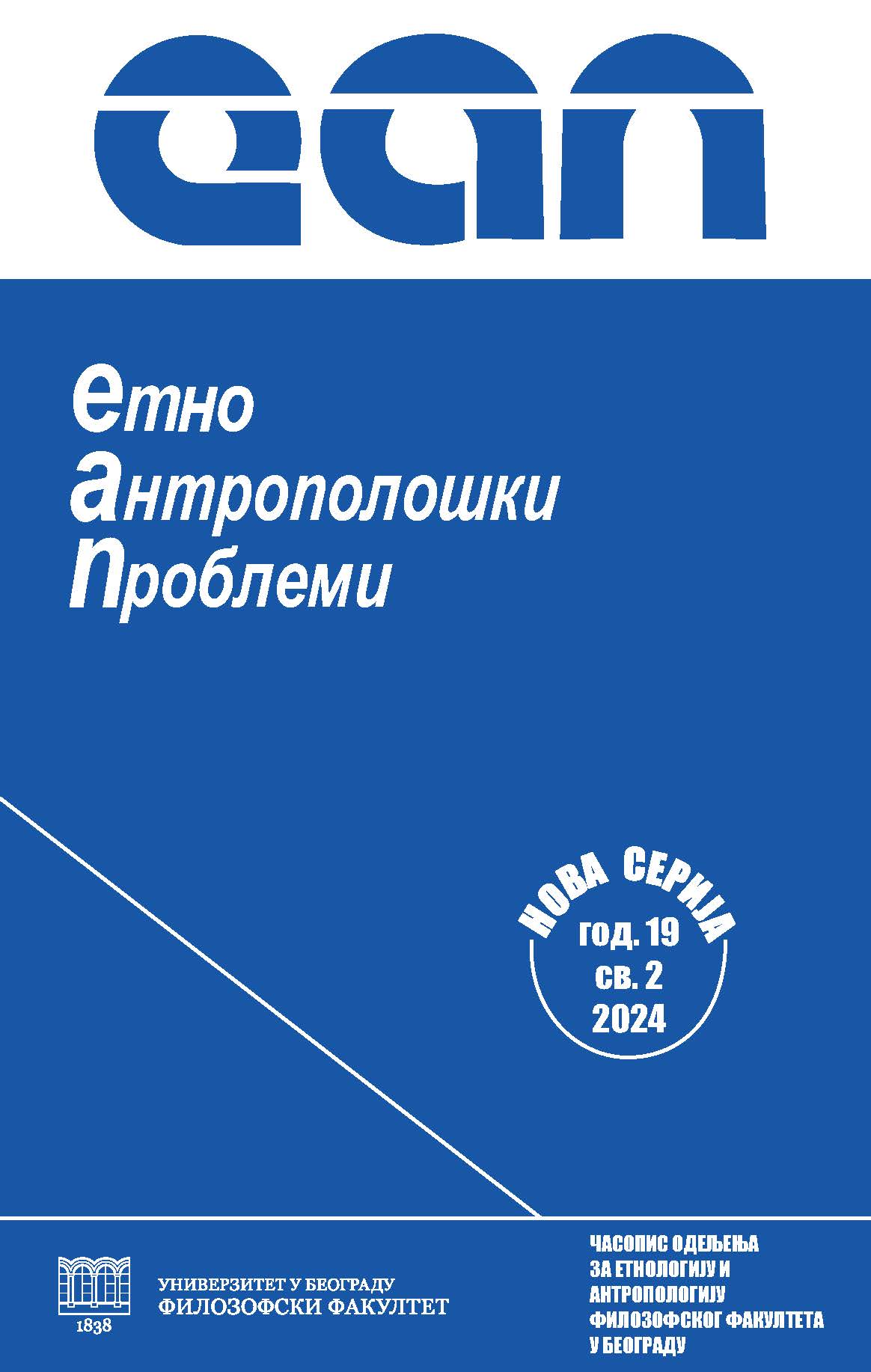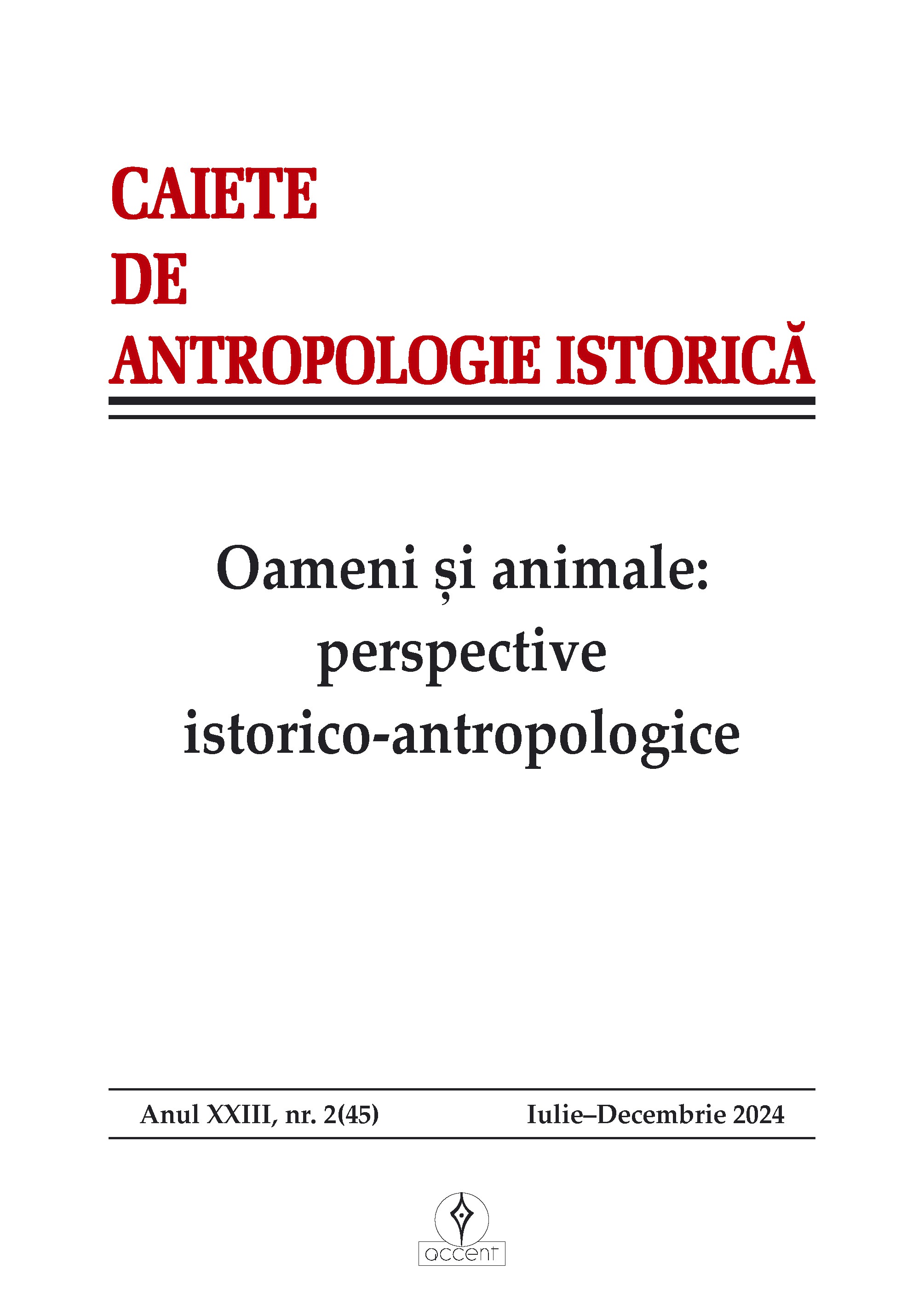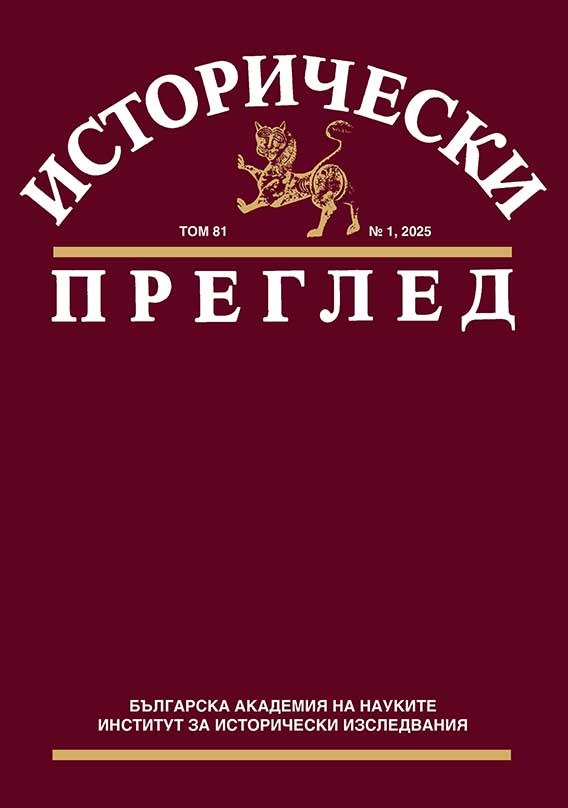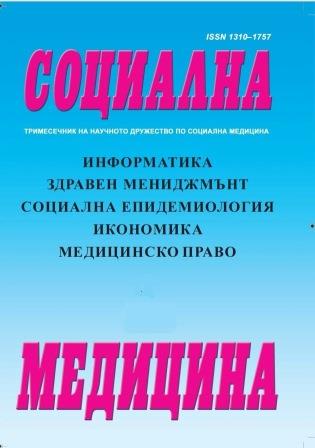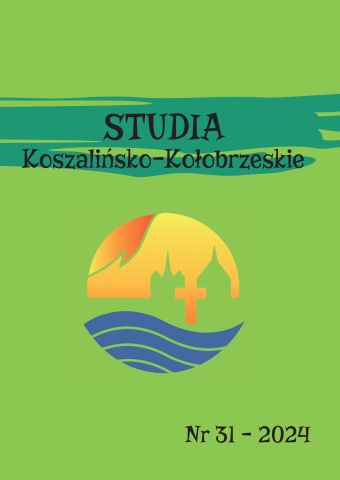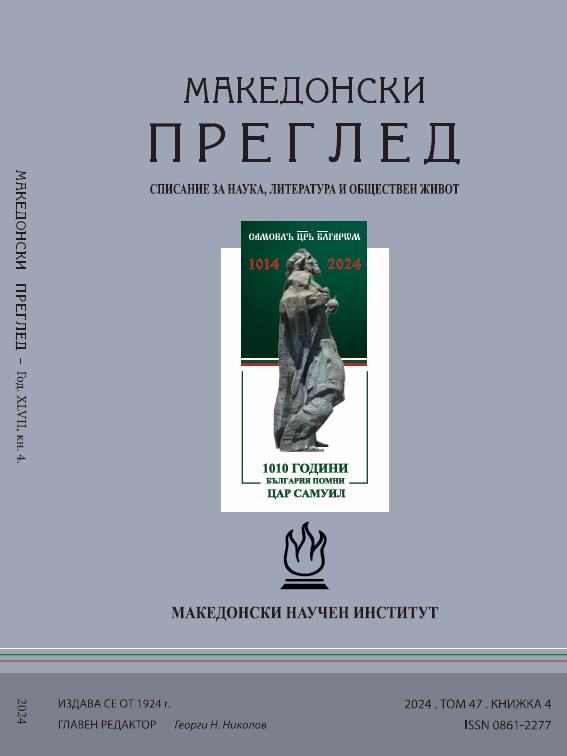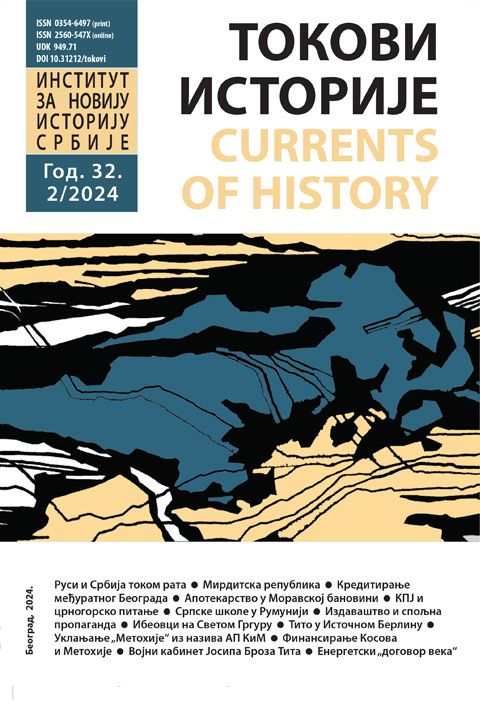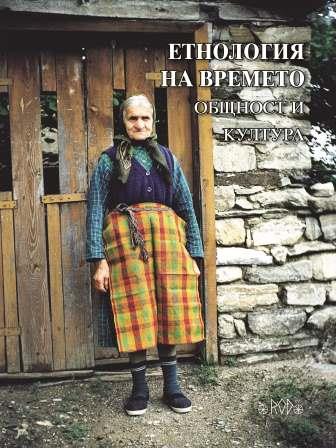
ТРАГИ НА РУДАРСТВО ВО ВИНИЧКИОТ РЕГИОН
A large number of archaeological sites registered in the Vinica’s region from the period of prehistory to the Middle Ages provide insights, based on serious evidence discovered so far, into the development of pottery, mining and metallurgy as economic branches that influenced the economic development of the settlements in the region. Some of them, in the early antique, Roman and late antique periods grew into developed craft, cultural and commercial centers, and with the acceptance of the Christian religion, into significant religious centers. Archeological research at several sites has confirmed the existence of the remains of metal slag, stone crushers and stone vessels for smelting ore. The various metal objects that are distinguished by high quality speak of mining – metallurgical activity, which was one of the main reasons for construction of some of the settlements. Of particular importance for the development of mining in the region is the locality known under the name of Rashka near the village of Peklani, where several gold-bearing mining galleries have been discovered which, based on the archaeological material, are dated to the Roman period. That gold-bearing material was exploited there was proven by chemical analysis of the material from inside the galleries, where, in addition to native gold, certain amounts of silver were also found. The large concentration of archaeological sites that are located in its immediate vicinity goes in favor of the conclusion of the development of the settlements that gravitate around this mining center.
More...
